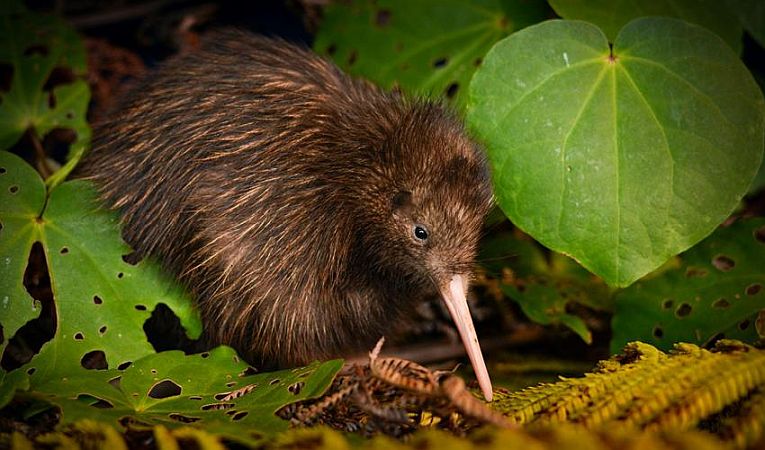How the animals we sometimes notice, and the plants we forget about, survive in their disappearing habitats, is of critical importance in modern times. The lost species have gone down in a brief blaze of glory before they are forgotten. Those that hang on despite the odds against them can also be less prominent in the headlines as people get used to their plight. IUCN are the only reliable source of trends to help us to understand, this great extinction, according to the pessimistic outlook for many. To help a full appreciation of our losses, the latest results from the war
show enormous lists from every group in this DROPBOX.
The latest update on the IUCN Red List of Threatened Species data concerns domestic crop ancestors, various extreme threats to mammals and the terrible fate of many species on Christmas Island. Islands of course have long been known to lose animal and plant species as soon as anthropomorphic influences start to affect them. It is not just us, it is the rats, cats, mice, dogs, rabbits foxes and deer that we carry with us. Japan and her many islands are a topical example as several reptiles there approach extinction. To quote IUCN, Island populations of endemic species are particularly susceptible to decline due to their small populations, limited genetic diversity, lack of immunity to novel diseases and naivety towards introduced predators, according to the Red List.
Not a happy picture then, while one or two conservation projects have borne fruit. We have already figured the 2 recovering kiwi species on our Facebook page***(see the lovely Ricky Croft photograph at www.facebook.com/earthtimes/ . New Zealand put tremendous efforts into conserving whale, insect, cycad, bird and whatever, with a very full cooperation between public and private organisations and individuals, together with the judicious use of islands t harbour these precious species. Which country can compete with that? Very few other examples of success are actually happening, though those few do reach the media often.
With the magnificent American snowy owl, Bubo scandiacus, now down to vulnerable status, we need accurate reporting from journalists to help us understand the situation of these organisms, whether in our own backyard or in some far-flung location. In just a decade the previously-abundant have occasionally now become the critically-endangered. It happens that fast, maybe since your last visit to a favourite spot.
To fill in some little detail the Japanese snake, Opisthotropis kikuzatoi known as Kikuzato’s stream snake that has been declining from relatively common to critically endangered in only 15 years. The IAS (invasive alien species) implicated in its demise are bullfrog, weasel and peacock – quite a diverse alliance against one small reptile. Add to that the island pollution, and some bycatch, and the snake seems as good as dead in the water. The Miyak Ilsands and Australia’s Christmas Island suffered similar depredation for several geckos, grass lizards and skinks. Remember that island ecosystems demand certain species be present in order that the whole can be conserved. We lose more than a species when this happens.
The crops, as well as the beautiful Bhutanese poppyMecanopsis superba are just as endangered as the animals here. Genetically-speaking, rice, wheat and yam have to be perpetually changed to achieve greater productivity and more adaptability. Unfortunately, all three are rapidly losing up to a dozen species, because of very extensive deforestation and intensive agricultural practises. This is despite the contribution of ancient crops to the tune of $115 billion annually to our decreasing harvests. To lose the first-cultivated species and varieties would be madness in that situation. However, thanks to funding from Toyota, at least the current crops, their relatives and the future need within seed banks, for example, have been acknowledged.
To finish the story, we have to mention the loss of yet another Australian marsupial, at least to the critically-endangered category. Pseudocheirus occidentalis is now losing 80% of its population (over a decade) due to food-plant losses among eucalyptus and peppermint forests near Perth, predation form both foxes and cats, and possibly global warming, bringing temperatures above 350C. Other mammal losses are legion, but our cetaceans are being particularly reduced to endangered levels.Orcaella brevirostris is the Irrawaddy dolphin, long declining throughout its large range while the finless porpoise is less known as it has only just been recognised. It is called Neophocaena asiaeorientalis to recognise its unique freshwater existence, only in the upper Yangste. Great efforts are being made to try and prevent its following the unfortunate fate of fellow Yangste inhabitants. Sand-mining, dams and overall degradation of the river seem to be driving the 500 or so animals left to their almost inevitable end, like that of the famed Baiji princess, 白鱀豚 .
We are committed to conservation, so this article lingers on, trying to convey exactly how much these species are being missed by both the general and scientific population. These near extinctions are themselves important because they point in the 2 directions by which each of the animals or plants can progress. At the extinction or extinction-in-the-wild level, we are too late, and we are probably too late with most of these creatures and plants. Some effort is needed to help out at the local and the international level, whether with a common species or a rapidly declining one. At least that means we could all be relevant, at least - the problem is simply too common.










